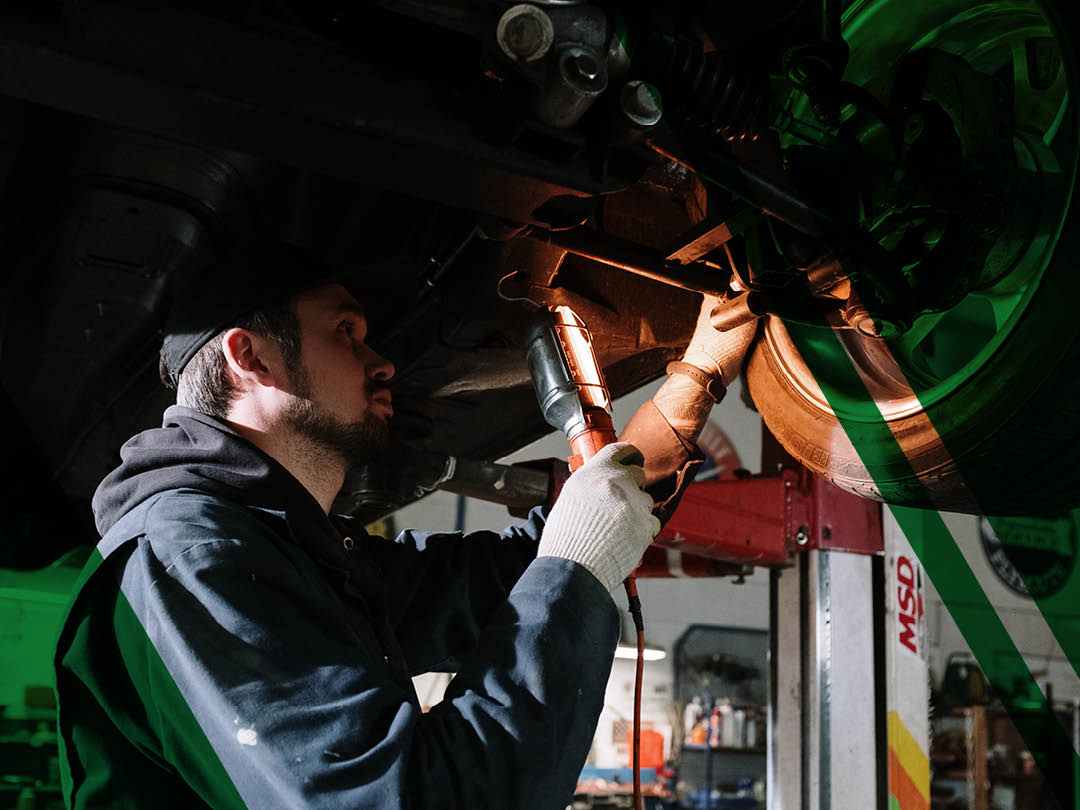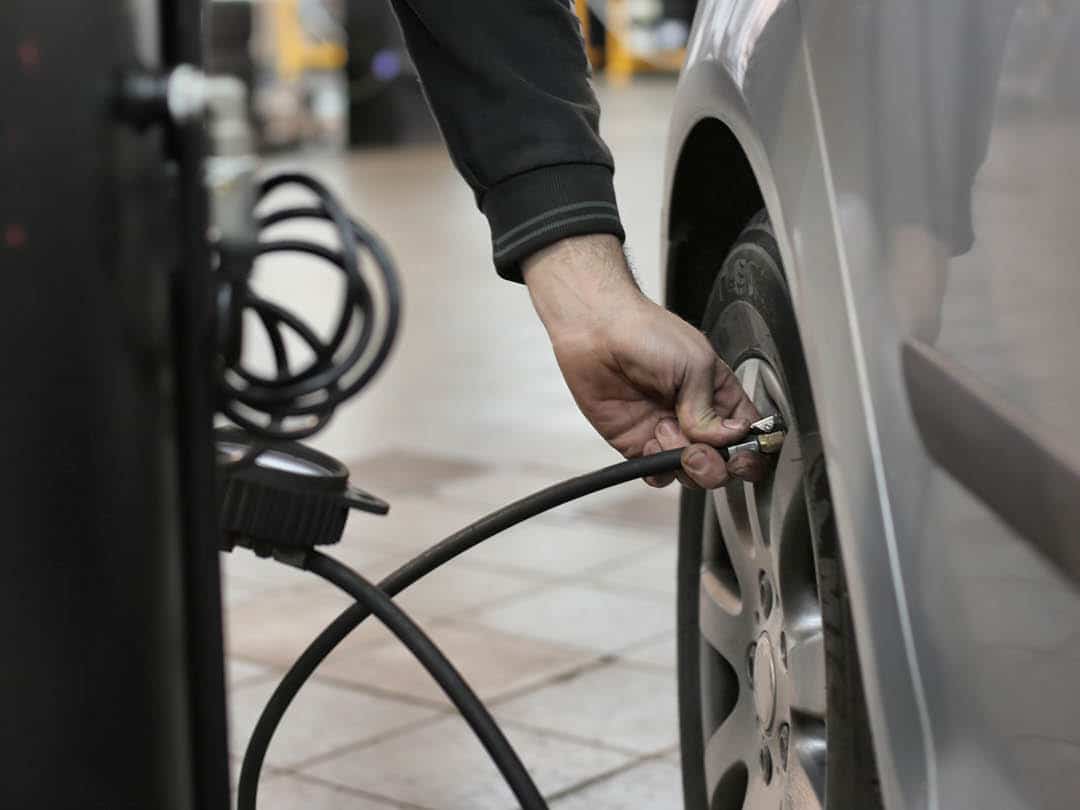What is an MOT test?
An MOT test is a compulsory annual check to test that your car meets the minimum road safety and environmental standards required by law. The test is standardised so will be the same at any MOT test centre, including here at Peverell Garage in Plymouth. Most cars need a valid mot certificate to be able to use the roads in the UK.
At the end of the MOT test your test centre will provide you with a MOT test certificate as proof that your vehicle has passed. Alternatively, if something is discovered that may impact the road worthiness of your vehicle, it may be given an MOT fail, in which case it will need fixing and re-testing.
How long is my MOT valid for?
A car’s MOT certificate is valid for 12 months and, unlike the new rules on vehicle tax which prevent it being transferred between owners, your car’s MOT will remain valid until its expiry date and the vehicle will keep the same renewal date throughout its lifetime.
You can check the expiry date of your car MOT which can be found at the top of your existing MOT certificate, provided at your last MOT test. If you are unsure, the Government have a handy tool to check your MOT due date.
Which vehicles are exempt from MOT tests?
- Cars less than three years old do not need to complete an annual MOT
- Some classic cars are exempt from MOT tests
- Tractors
- Electric goods vehicles registered before 1st March 2015
- Lorries, buses and trailers need an annual vehicle test in place of an annual MOT
What happens if my car fails its MOT test?
If your car fails its MOT test you can still drive it away as long as its current MOT certificate is still valid and as long as none of the problems that caused it to fail are considered dangerous faults.
Alternatively if your MOT test centre is able to carry out repairs like us here at Peverell Garage, they may be able to fix any issues from an MOT fail and complete a partial MOT retest so that your car can still be driven away with a valid MOT certificate.
Can I drive my car without a valid mot?
No, you cannot drive a car without an MOT. There are only two exceptions where you can drive without an MOT:
- If you are driving the car to its MOT – this MUST be a pre arranged appointment
- If you are driving it to a garage for repairs after an initial MOT fail – again this MUST be a pre arranged appointment
What are the penalties for driving without an MOT?
Driving your car without a valid MOT certificate is a prosecutable offence that can land you a hefty fine of up to £2500, you could receive points on your driving licence and/or be banned from driving and mean that you are unable to tax your vehicle. Driving without an MOT will invalidate your car insurance too.
How early can I book my car in for its MOT?
You can book your car in for its MOT up to a month (minus a day) before its MOT certificate expires. This is to maintain the same renewal date each year.
It is really easy to book your car in for its MOT test at Peverell Garage using our online MOT booking system.
Do I get a two week grace period after the expiry date to get my car in for MOT?
No! Contrary to popular belief your car’s MOT expires on the date shown by the previous MOT certificate and there is no grace period in which to have your MOT test. You must not drive your car after this except if you are driving it to a garage for its MOT test.
Get it booked in with plenty of time to ensure you don’t accidentally forget and leave it too late.
What is the price of an MOT?
The price of an MOT can vary between test centres but the maximum a garage can charge is £54.85 for a car. Here at Peverell Garage we charge just £45 for an MOT test.
A partial retest can be carried free of charge up to 10 working days after the refusal.
MOT – what is checked?
Now we’ve had a look at how important it is to have a valid MOT certificate and how to book, let’s go over what is involved in any MOT test.
Lights and electrical equipment
- Your vehicle’s front and rear lights, rear fog lights, brake lights, indicators and registration plate lights must all be correctly positioned and in working order.
- Your car’s horn must emit a continuous sound that can be heard by other road users.
- Any electrical wiring must be secure and not look like it might short circuit.
- The battery must be secured and not show any signs of leaking.
Tyres and wheels
- Tyres must be correct for your vehicle, have at least 1.6mm of tread depth and be free of any lumps, bulges, tears or wearing.
- Wheels must be in good condition with the locking nuts tightly secured.
Brakes
- Brake efficiency including handbrake efficiency will be tested by your MOT technician.
- Brake pedals and levers must be in good condition and any relevant warning light should work.
Steering
- Steering wheel should be in good condition and secure.
- Steering components will be tested for wear and damage by your MOT technician.
- Your vehicle’s steering lock will be tested to ensure it only works when the engine isn’t running.
- Your vehicle must have at least the minimum level of power steering fluid in the reservoir (if your car has power steering that is!).
Suspension
- Shock absorbers and suspension will be checked for damage, corrosion or fractures.
Exhaust system and emissions
- Emissions of carbon monoxide and hydrocarbons will be checked to ensure your car falls below the legal limit of polluting exhaust emissions.
- You must have adequate engine oil and fuel for the MOT technicians to carry out these tests which require the engine to be running for several minutes.
- Exhaust should not emit excessive amounts of smoke of any colour – this will lead to MOT failure.
- Exhaust system should also be secure, not leak and, if your vehicle was manufactured with a catalytic converter, it should still be present.
Seatbelts and inside the car
- All seatbelts and attachments should be in good working order.
- Rear view and wing mirrors should be secure and provide adequate views around the car.
- There should be no damage or obstruction to the windscreen directly in front of the driver larger than 10mm.
- Outside of this area but still within the swept area, damage/obstruction must not be more than 40mm.
- Wipers and washer liquid must clean an area large enough to give a good view of the road, your screen wash reservoir needs to be topped up enough for the MOT technicians to carry out these tests.
Bodywork and other items
- Bodywork, chassis and seats must be free of corrosion and sharp edges.
- Your vehicle must permanently display a VIN number.
- Your vehicle’s number plates should be secured and clearly legible from 20m away.
- Speedometer must be working correctly and able to be illuminated.
What can I do to help my car pass its MOT?
As you probably gathered, there are a few things you can do before your MOT to help ensure your vehicle has the best chance of passing its MOT test.
- Ensure your tyres are pumped up and have the correct depth of tread. This can be done at any petrol station.
- Check over your windscreen wipers and windscreen and look for any tears or damage, replace them if necessary.
- Ensure you have topped up all liquids; fuel, oil, power steering fluid and windscreen wash are essential for your MOT technician.
- Check and replace any light bulbs that do not work.
- Wash your car to ensure the number plate is legible, the lights are working efficiently and you have good visibility through your windows.
All of these elements, bar washing your car, form part of any basic service which, as a car owner, you should be checking at least annually for good road safety and to help maintain your vehicle. You can read more about servicing your car yourself in our how to service your own car blog.
Many people like to book their annual service at the same time as they book their MOT, learn more about car servicing at Peverell Garage.
Please do not hesitate to contact us if you have any questions regarding MOT bookings, car servicing or car repairs at Peverell Garage.


